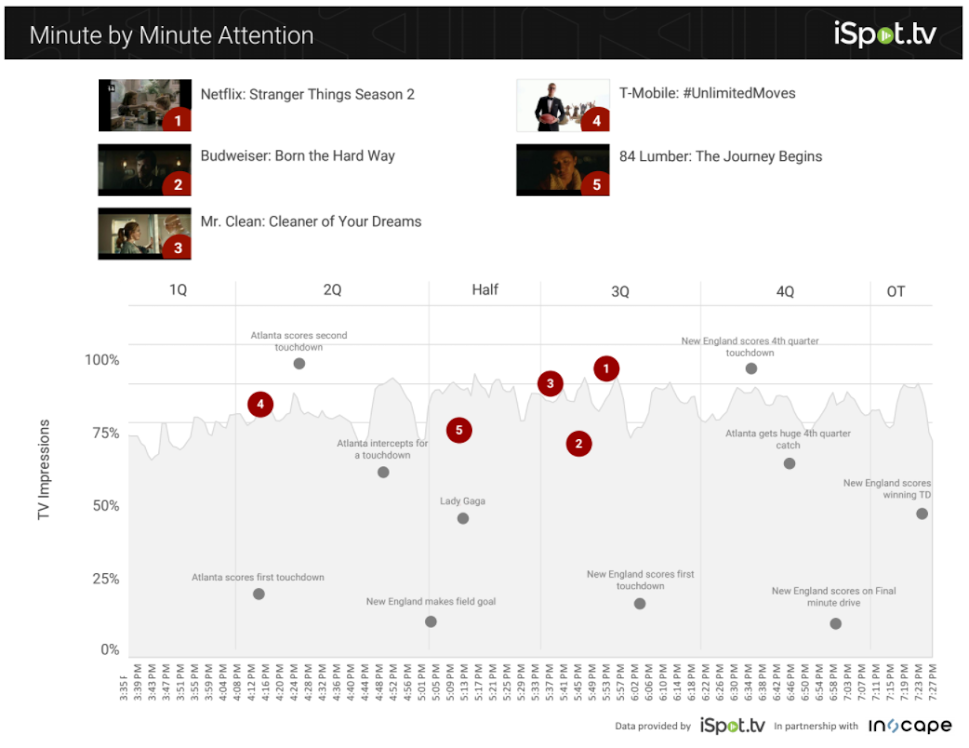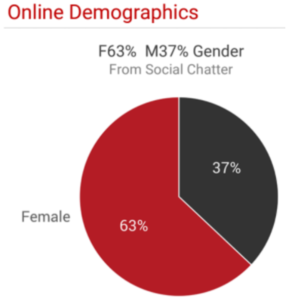Why TV Execs Preach Reach And How Social Sews Success
There is a lot of talk that brands should be shifting spend to digital — specifically social media platforms — at the expense of TV. Because, you know, everyone’s on social, brands can target better and TV audiences are shifting habits. But is it an either/or? Of course not. I would argue that looking at the television and social data together makes a compelling case for how advertising can best work in unison right now. Using a few insights from iSpot.tv’s final Super Bowl report, a few things pop out:Reach: Super Bowl TV ads got 8 billion TV device impressions and an estimated 3.6 billion social impressions (on FB, Twitter, YouTube combined). For all those brands pumping all that money into social and all those influencers involved to help game the algorithms, the reach on social still comes up as less than half that of the ads that aired on television. Granted, the big game is a tentpole event, but still, three hours of TV = twice the total 24/7 social reach of Super Bowl ads. Though that doesn’t include Snap and Insta, it’s telling. Right Message: While Netflix’s promo for the new season of Stranger Things won the day when it came to sparking the social madness, and T-Mobile’s formula of influencers on TV plus a big social push proved a solid formula for reach, this is the stat from iSpot’s final SBLI report that pops the most to me: The nine advertisers that aired social issue-related ads accounted for 32% of the digital share of voice and 25% of all social impressions, on less than 8% of the TV impressions. Right Time: Advertisers have long known that when an ad airs matters as much as what it airs next to. Here is where the top five highest digital SBLI ad performers landed when juxtaposed against a minute-by-minute timeline of the game: Right Audience: For an audience that skews male, advertisers actually got a higher response from women on social. Over-indexing with females-- that is getting females to respond to ads on social media despite a smaller female audience is a win to marketers.
Right Audience: For an audience that skews male, advertisers actually got a higher response from women on social. Over-indexing with females-- that is getting females to respond to ads on social media despite a smaller female audience is a win to marketers.  This topic isn’t going anywhere. The battle for brand dollars from platforms, content providers and agencies is made extra tricky by trends in ad-skipping-blocking and a host of other factors. And none of this comparison includes what is ultimately most important-- what garners the most time and attention from consumers and ROI for the efforts.
This topic isn’t going anywhere. The battle for brand dollars from platforms, content providers and agencies is made extra tricky by trends in ad-skipping-blocking and a host of other factors. And none of this comparison includes what is ultimately most important-- what garners the most time and attention from consumers and ROI for the efforts.

